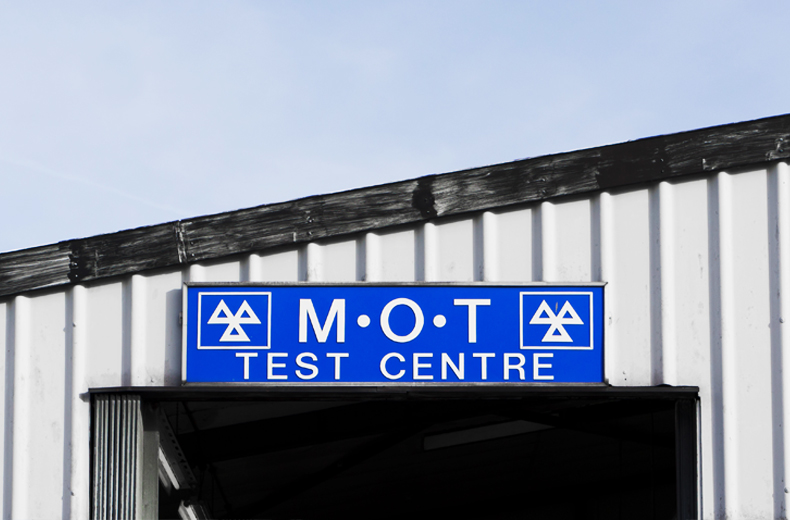Almost every car in the UK is required to have an annual MOT check. This standard check is designed to ensure that a vehicle is safe to drive. The test was first introduced in 1960 and comprised of a very basic series of checks. Today, the standard MOT test includes 20 different areas and is extremely rigorous. This is for a good reason – the fewer unsafe cars on the road, the fewer road fatalities there will be. It is a public safety measure. Historic vehicles are exempt from the MOT test due to their unusual construction.
MOT tests fail regularly, and usually because of the same all too familiar culprit areas. Here are the most common MOT failures.
Body And Structure
Professionals like the mechanics that will do an MOT Edinburgh will take a long hard look at the underside of your car to check for rust. This is for a good reason. Rust can cause structural weaknesses if left to oxidize more metal. This can reduce the safety rating of a car if it is involved in an accident. Structural damage due to rust is hard to prevent unless you have an indoor garage at home or treat your car for rust on a semi-regular basis.
Exhaust And Emissions
The United Kingdom has strict vehicle exhaust emissions standards designed to help foster an environment unplagued by particulates released from fossil fuel vehicles. However, any damage to your engine or exhaust can cause emissions to increase. Likewise, older cars without modern exhausts produce more emissions.
Lighting
If your car headlights or brake lights have burst bulbs or are in some way obscured, then the vehicle will most likely fail an MOT. Driving safety is, of course, adversely affected by poor or nonexistent lighting. Bulbs are extremely cheap and easy to replace yourself. If you notice any issues with your lights, change them before you take your vehicle to have an MOT.
Tyres
If your tyre tread depth is less than 1.6 mm, your car cannot legally be driven in the United Kingdom. This is to ensure that cars all have sufficient grip on the road during adverse conditions. Likewise, any visible cuts or gouges to your wheel will result in a failure due to the likelihood of damaged tyres having dangerous blowouts when on the road. So, change your tyres frequently and try and get them new or from a trusted second-hand dealer.
Brakes
Cars regularly fail MOT tests due to brake inadequacy. During the test, brake condition and operation, handbrake state, brake pads, anti-lock braking systems, and plenty of other factors are checked. It is extremely important to keep your brakes in good working order. Get your brake pads changed as often as your car’s manual recommends. Worn brake pads are an extremely common reason for MOT failure. You can spot worn brake pads as you drive relatively easily. If your car lurches to one side when you brake or your brake pedal has a pillowy feel, it is time to change your pads.



